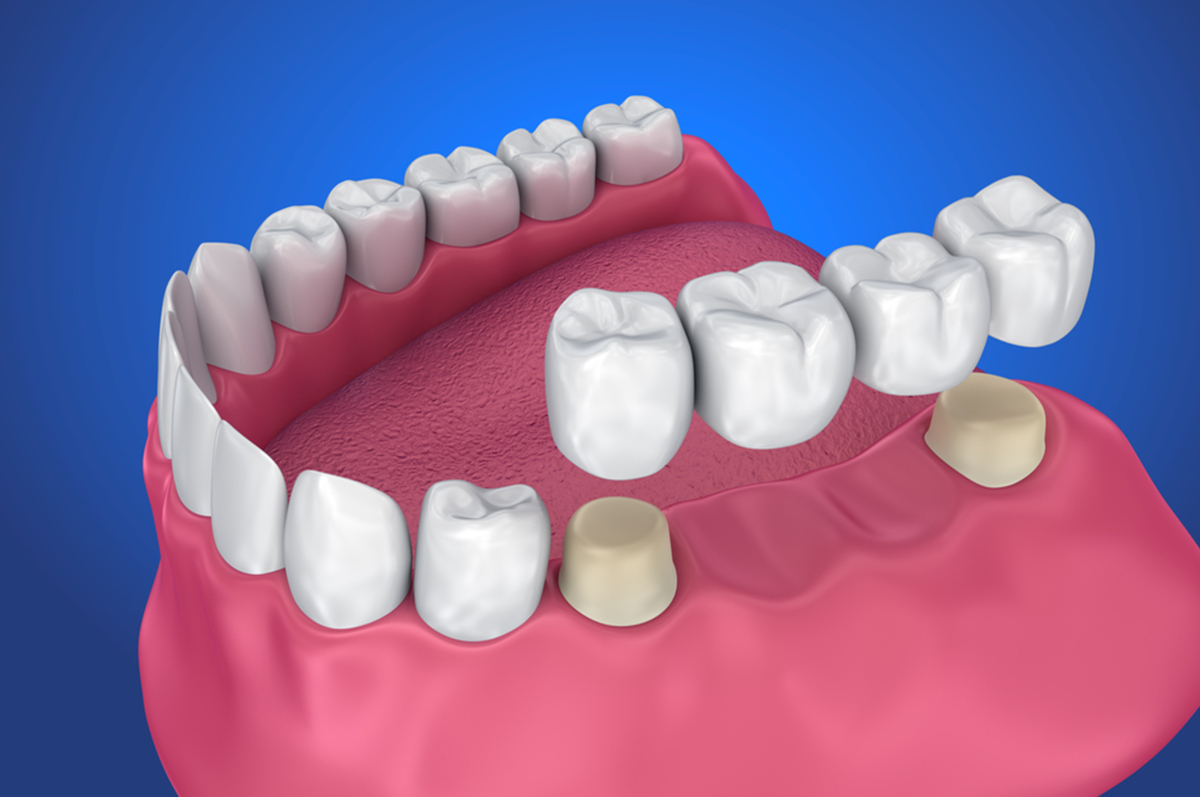Recent studies show that edentulous people face a decrease in their self-esteem. They are self-conscious about their smiles and feel embarrassed about interacting with other individuals.
Luckily, there are many options to replace missing teeth. Receiving dental implants in Wetaskiwin is an excellent choice; however, you should seek professional guidance before deciding on a treatment.
We will discuss the process of receiving dental implants near you and dental bridges.
What is a Dental Implant?
A dental implant is an oral device that fuses with your jawbone. It looks like a screw, and it replaces the root of a missing tooth. Many people hold the misbelief that dental implant surgery is a dreadful procedure; nevertheless, our dental implant dentist in Wetaskiwin will explain it step by step.
Before the Procedure
You will visit a dentist near you—who specialized in dental implants—that evaluates if you qualify for them. They will take a set of X-rays and a CT scan to check on your jawbone. If it’s sufficient, you won’t need bone graft surgery.
They will take a series of photographs and a mold of your mouth and determine the location of the implant.
During this appointment, you may discuss costs and anesthetic options with your doctor. If you are too anxious, you may ask for sedation dentistry. We have a team that is an expert in all forms of sedation.
During the Surgery
On the day of the surgery, your dental professional will manage pain with a local anesthetic before starting. Then, your surgeon will drill the dental implant inside your jawbone and place an abutment on top of it.
For the bone to fuse with the implant, you need to wait for three months. This period is called osseointegration. Afterward, your doctor will place a dental crown over the abutment.
After the Procedure
You will normally feel mild pain and discomfort during the first week. To alleviate it, you may take any off-the-shelf pain medication.
To reduce swelling, apply an ice pack for ten minutes on and off on the side of the face. We also recommend sleeping with the head elevated to reduce irritation.
Advantages of Dental Implants
Dental implants are the first devices in dentistry to fuse with your bone, which is why they stop bone loss. Besides that, they may last up to a lifetime with proper care. Patients have stated that the investment is worth it because they don’t require special care. It is sufficient with daily brushing and flossing.
Dental implants look and feel natural and don’t come with a learning curve like dentures.
Dental Bridges
Dental bridges are dental devices that typically consist of a pontic (a fake tooth) with a dental crown on each side.
When a person is missing a tooth, a dental bridge is ideal if the adjacent teeth are damaged because you can remove tooth decay while shaving down the enamel.
A dental bridge can have more than one pontic, depending on how many teeth the patient is missing.
Dental Bridge Advantages
The most acclaimed benefit of dental bridges is the price. They cost less than dental implants; however, they don’t last up to a lifetime. With proper care, dental bridges may last up to two decades. After this time, they usually need replacement.
Which One to Choose?
Choosing dental bridges or dental implants will depend on the patient’s wants and needs. You will need to weigh how much you can spend, how many teeth you are missing, and if you want a longer-lasting treatment.
We suggest that you visit a dental professional that evaluates you and determines what option may suit you best.

